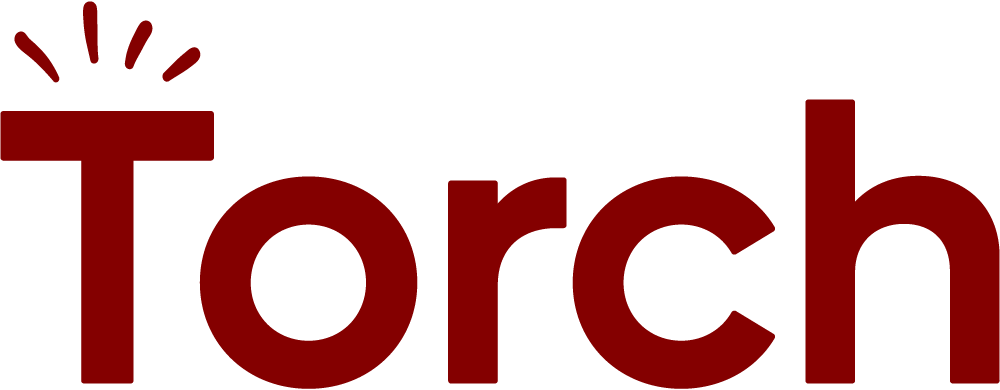There was a problem with a woman, and so the CEO of the company called Phyllis Reagin. A Torch executive coach and former Head of Diversity and Inclusion at Warner Brothers, Reagin is often called in to solve this particular kind of problem.
The woman in question was Black. Senior leaders told Reagin they could see she had potential. But–and there was always a ‘but’–she was too aggressive.
“They wanted coaching to focus on helping her to be nicer,” Reagin recalls. This was an incongruous ask, Reagin says, because the organization was a high-profile entertainment company. “That’s a really tough business–rarely is anyone else being asked to ‘play nicer’ with others.”
In these cases, there are generally growth opportunities for the person being suggested for coaching–as there are for all of us. But when it comes to this criticism of Black women there’s usually a hidden motivation, one that may even be invisible to organizational leaders: “, ‘They aren’t like us and we want them to be like us so fix them,” Reagin told me. “Fix them to sound like what I think a leader should sound like.’”
It’s a barrier executive coaches, particularly coaches of underrepresented women, face frequently: they’re tasked with coaching a woman who is facing workplace barriers that, in many cases, are largely outside of her control. The barriers both reflect the unconscious biases of superiors and systemic racism that’s woven into practices and policies. How do coaches of underrepresented women navigate this tension between the individual and the systemic? And how can their insights help women to find power in a system often designed to take it away?
First, let’s look at what the current state of affairs looks like for women in the workplace. In a word, it’s patchy: while women are making some progress in ascending to leadership roles, only one in four C-Suite leaders is a woman, and only one in 20 is a woman of color, according to the McKinsey Women in the Workplace 2022 report. The gender pay gap has remained “relatively stable” for the past two decades, according to Pew Research. Women are still less likely to have the kinds of networks that help them get their next, better opportunities.
Reagin, who identifies as a Black woman, sees her role as helping the women she coaches find clarity–about the reality of their organizational environments, and that even inside those environments they still have power, agency, and choice. In the case of the music company, the goal was to help her coachee make a decision about what she wanted to deal with, and what she didn’t, at work. Reagin guided her through an exploration of what can be scary questions:
Focus on building strong relationships
Many executive coaches of underrepresented women point to one strategy over all others: helping their underrepresented women clients to form strong relationships inside their organization. Not just with their manager and peers, but with other potential sponsors, mentors and champions.
Women of color especially are less likely to have friends and family who are executives or in senior leadership positions. Many are first time college graduates, or first time corporate employees, so their network can be limited. The key challenge Executive Coach Sophia Toh addresses with her clients is “how to build their network, and to seek out building authentic connections with mentors, sponsors and advisors.”
“Very rarely do I have women telling me that they don’t deserve job anymore,” says Toh. “They’ve already proven their capabilities. They know they’re good enough. , they’re wondering if they can make it because they can’t get into the bro’ club.”
Toh learned the importance of building a strong network from her days as an executive, investing hours in relationship-building to make sure others knew who she was “beyond just my label of Asian woman.” When systemic challenges arose, she leveraged those allies to support and advocate for her. What Toh did is something executive coach Karuna Thomas refers to as creating a personal board of directors (PBOD). Your PBOD should consist of people championing and advocating for your work at all levels of an organization, she says. In her practice, she sees women focused on trying to climb the ladder by getting more qualifications–another MBA, another master’s–but still getting turned down for a promotion. Case in point: Black women are the most educated demographic in the U.S., but it takes 3.6 years for black women to get promoted to a managerial position if she pursues it directly after college, compared to 2.1 years for a White woman. For underrepresented women, standards and expectations can shift, causing confusion about how they can actually progress to the next level. This is where their PBOD comes in.
The high impact of a supportive network
Though managers can play a significant role in helping their direct reports advance, it’s important that women see them as part of a larger cohort–especially if their manager isn’t supportive. “If their manager isn’t having those conversations and isn’t an advocate, ‘who could be?’” says Reagin. “Who could I talk to cross-functionally who could give me a career stretch I won’t be offered otherwise? Or how do I put myself in rooms I’m not normally invited to?”
But ideally, managers are playing a key role in helping their direct reports to advance. And that starts with getting to know who they are as humans, building a foundation of trust and care.
The critical role of the manager
“There are a lot of good managers who, out of politeness, are hesitant to show their curiosity to get to know their employees as individuals with unique backgrounds and needs, and bet on people who may have leadership styles different from theirs, ” Toh says. But this can create an unfortunate domino effect. If managers don’t carve out time for conversations to learn who their direct reports are outside of work, they don’t develop trusting relationships. Without trust, there’s no psychological safety, and their direct reports are less likely to get candid feedback they need to learn and grow.
Thomas recommends leaders use the three As to guide their management of underrepresented women–awareness, access and advocacy.
When Reagin was the head of diversity and inclusion at Warner Brothers, the most important individual-level change she saw in managers “was when they concentrated on relationships–connecting to people and seeing they have the same interests and motivations.”
To help the process along, Reagin used to host events for TV executives and film producers to introduce them to underrepresented talent. But the focus wasn’t on DEI–it was on having fun, on getting to know the others in the room as humans first. Suddenly, she saw more people being selected for top productions, and other projects blossoming.
Systemic change is critical for any organization that’s serious about advancing underrepresented women. “But it’s only as effective as the people who will drive it,” says Reagin.
And the leaders who drive it, while often well-intentioned, can struggle to move from awareness to action. Worse, they may not even know what the problem really is–like the executives at the entertainment company who assumed the problem was with the senior Black woman, rather than organizational culture. To paraphrase Taylor Swift, sometimes the problem is you.
But this, too, is where coaches can help. By helping leaders and managers see their biases in a safe environment and holding them accountable to address them, coaches like Reagin, Toh, and Thomas can create a ripple effect that extends beyond the individual to their teams, and to the entire organization, helping to create workplace systems that are inclusive and equitable for all.

